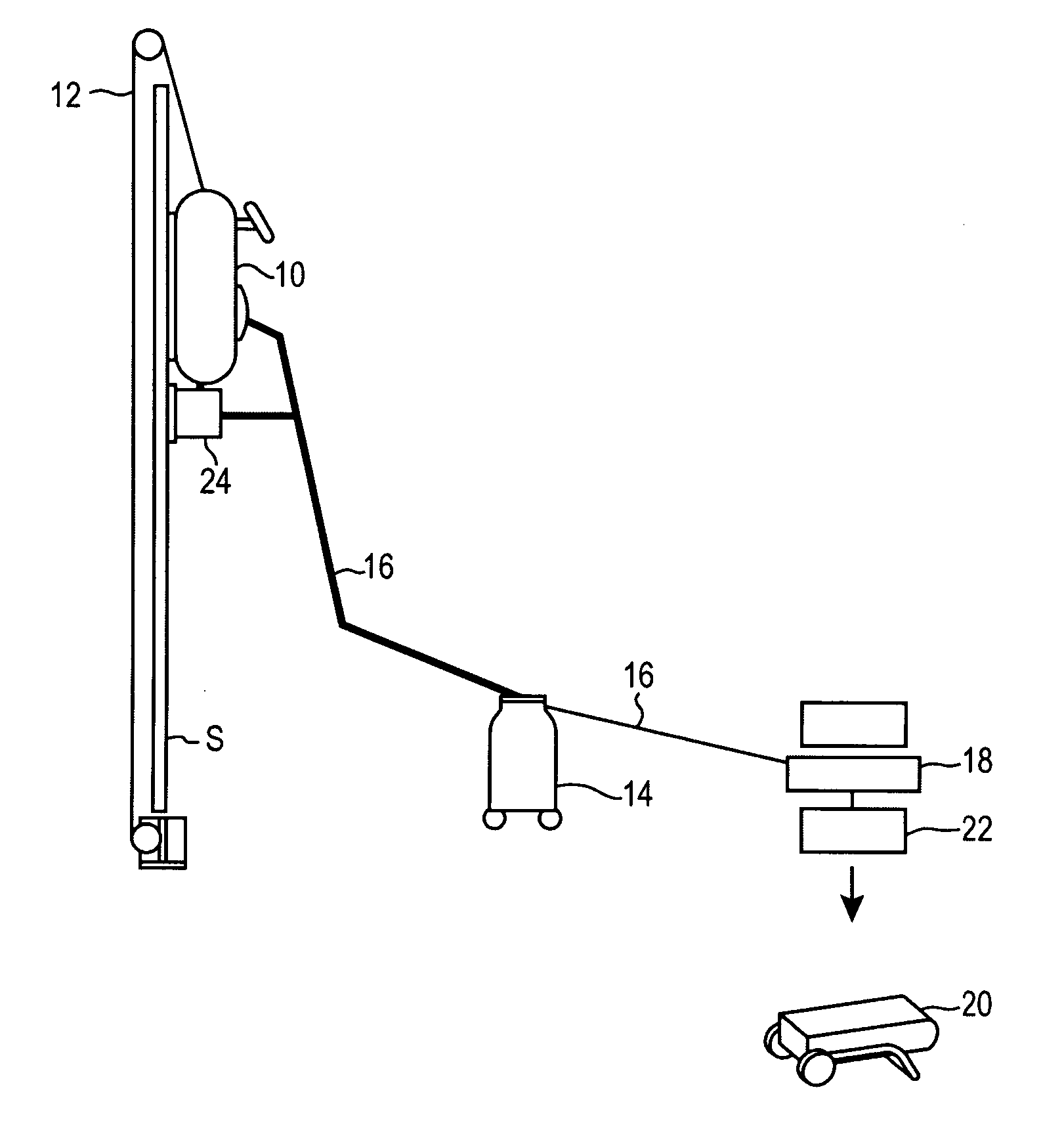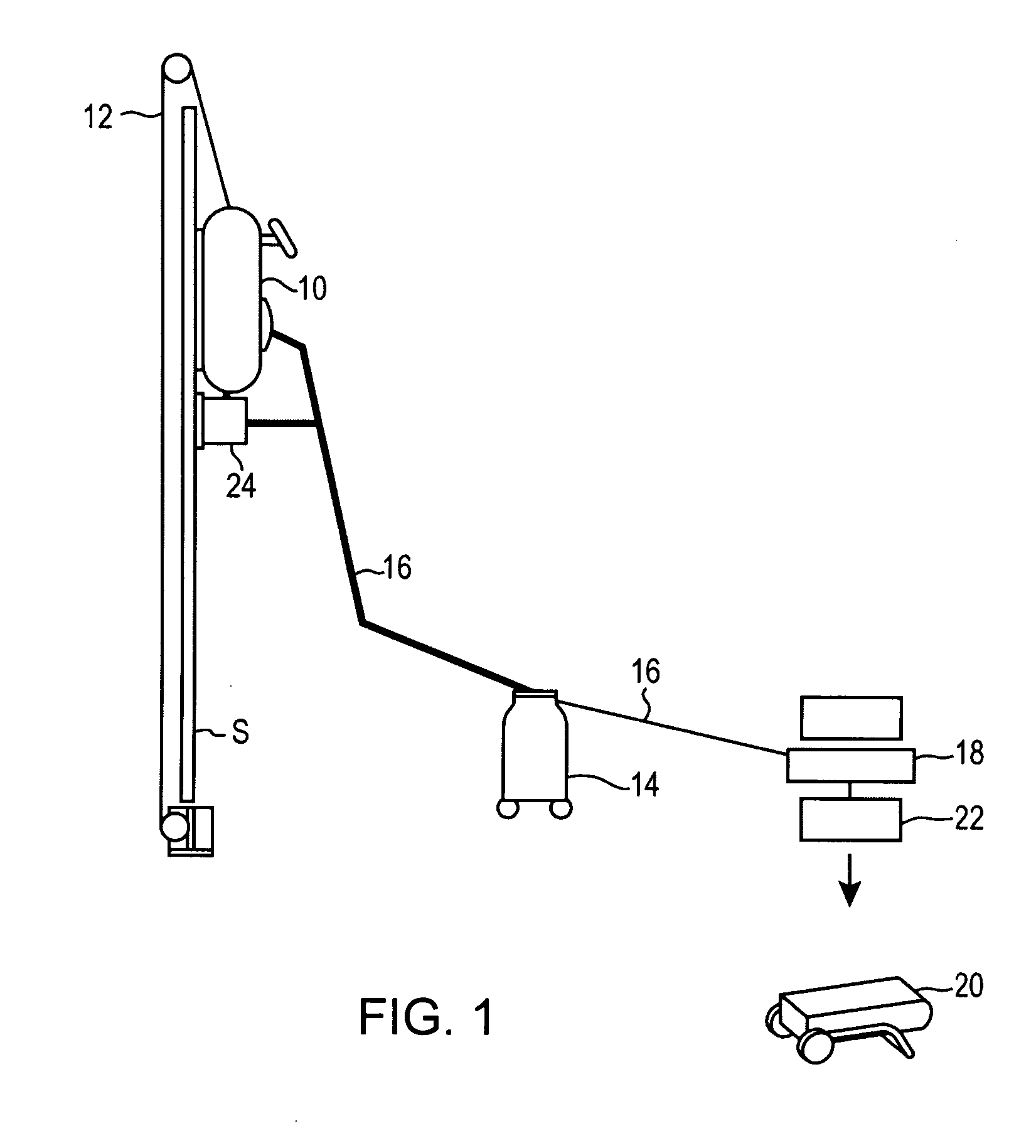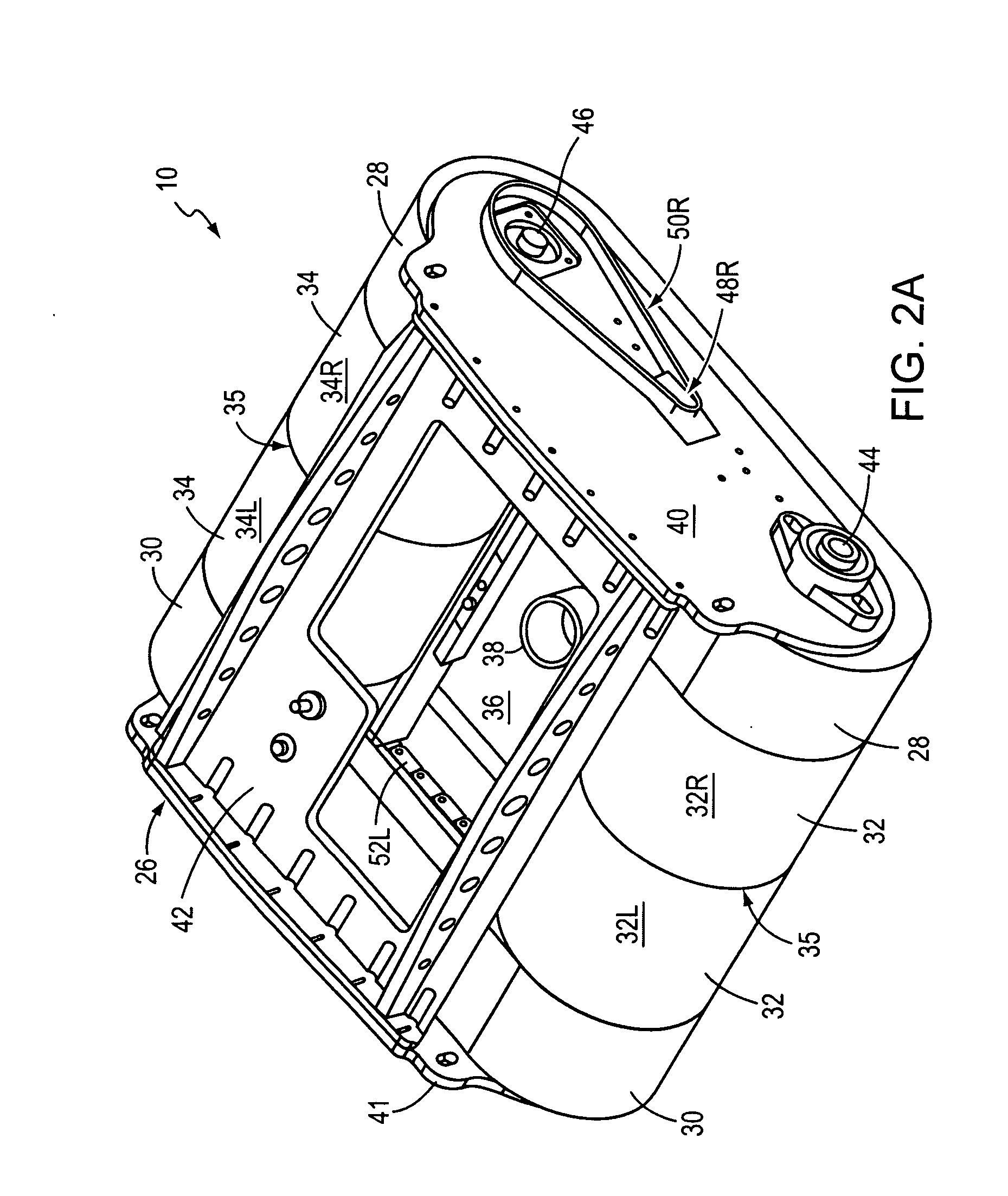Surface traversing apparatus and method
a surface traversing and apparatus technology, applied in the field of remote controlled devices and robotics, can solve the problems of slow approach to surface traversal, inability to operate, and inability to meet and circumvent surface obstacles, so as to reduce the amount of energy required to move the device, reduce the amount of weight and energy consumption, and reduce the effect of energy consumption and motor siz
- Summary
- Abstract
- Description
- Claims
- Application Information
AI Technical Summary
Benefits of technology
Problems solved by technology
Method used
Image
Examples
Embodiment Construction
[0052] The presently preferred and alternative embodiments of the invention, including the best mode for practicing the invention known to the inventor at this time, are now described in detail in connection with the accompanying drawings. The terms “device” and “apparatus” are used interchangeably in varying instances and contexts herein to refer to the surface traversing apparatus according to various embodiments of the invention.
[0053] Referring to FIG. 1, an embodiment of a surface traversing apparatus 10 is shown adhering to an exemplary vertical surface S. FIG. 1 is a schematic diagram depicting an embodiment of the apparatus 10 for the purpose of showing the apparatus 10 operating in a given exemplary environment. The device 10 can operate in various environments including, but not limited to underwater, radioactive, toxic, hazardous, varying altitudinal as well as conventional manufacturing and construction environments.
[0054] Further, various auxiliary and support compone...
PUM
 Login to View More
Login to View More Abstract
Description
Claims
Application Information
 Login to View More
Login to View More - R&D
- Intellectual Property
- Life Sciences
- Materials
- Tech Scout
- Unparalleled Data Quality
- Higher Quality Content
- 60% Fewer Hallucinations
Browse by: Latest US Patents, China's latest patents, Technical Efficacy Thesaurus, Application Domain, Technology Topic, Popular Technical Reports.
© 2025 PatSnap. All rights reserved.Legal|Privacy policy|Modern Slavery Act Transparency Statement|Sitemap|About US| Contact US: help@patsnap.com



